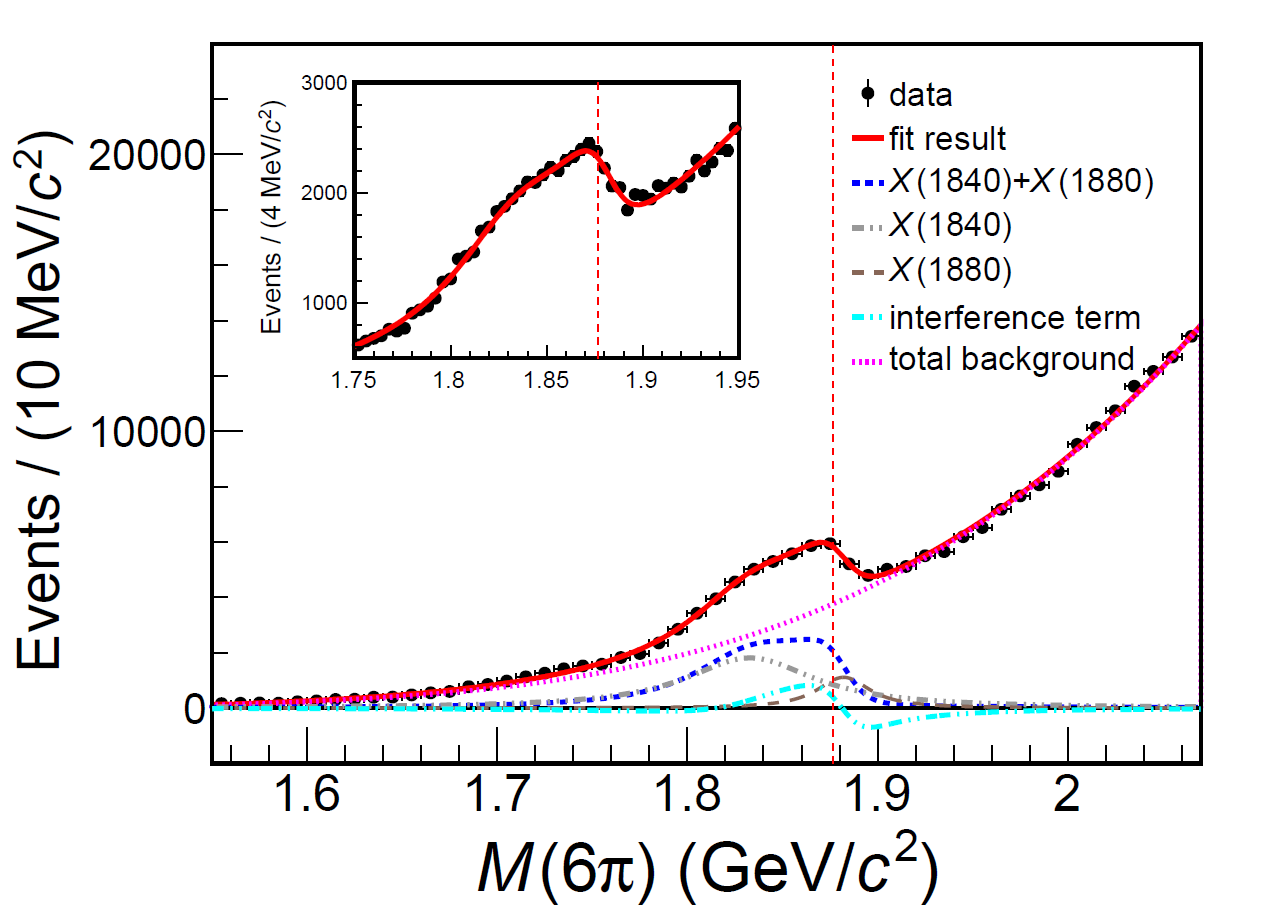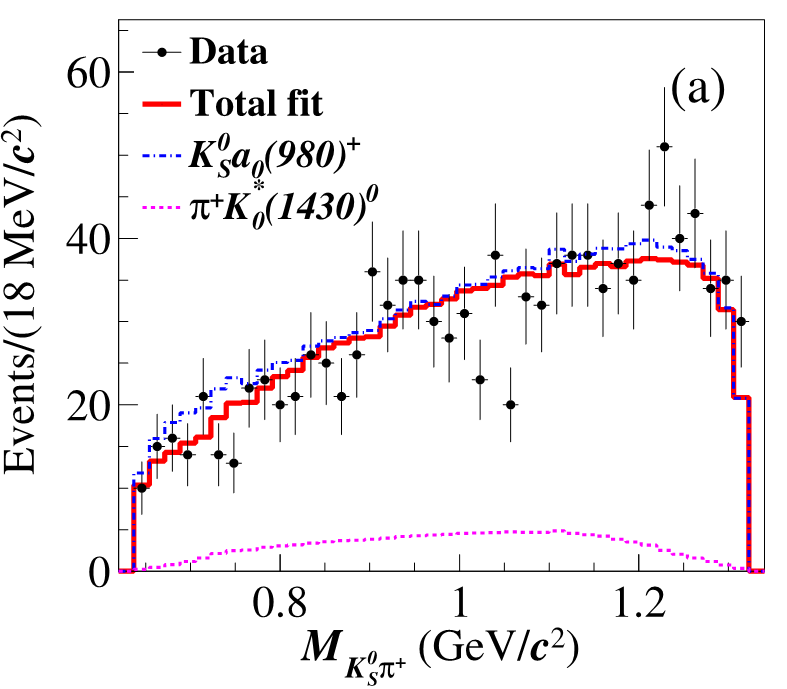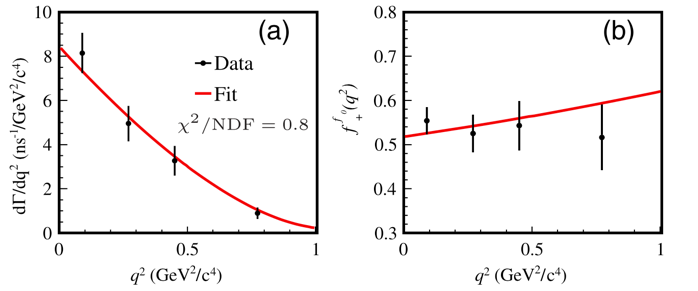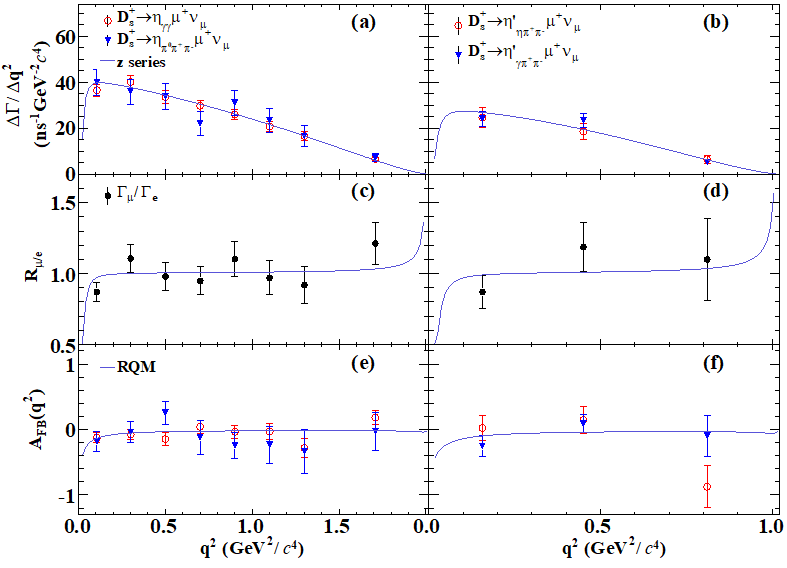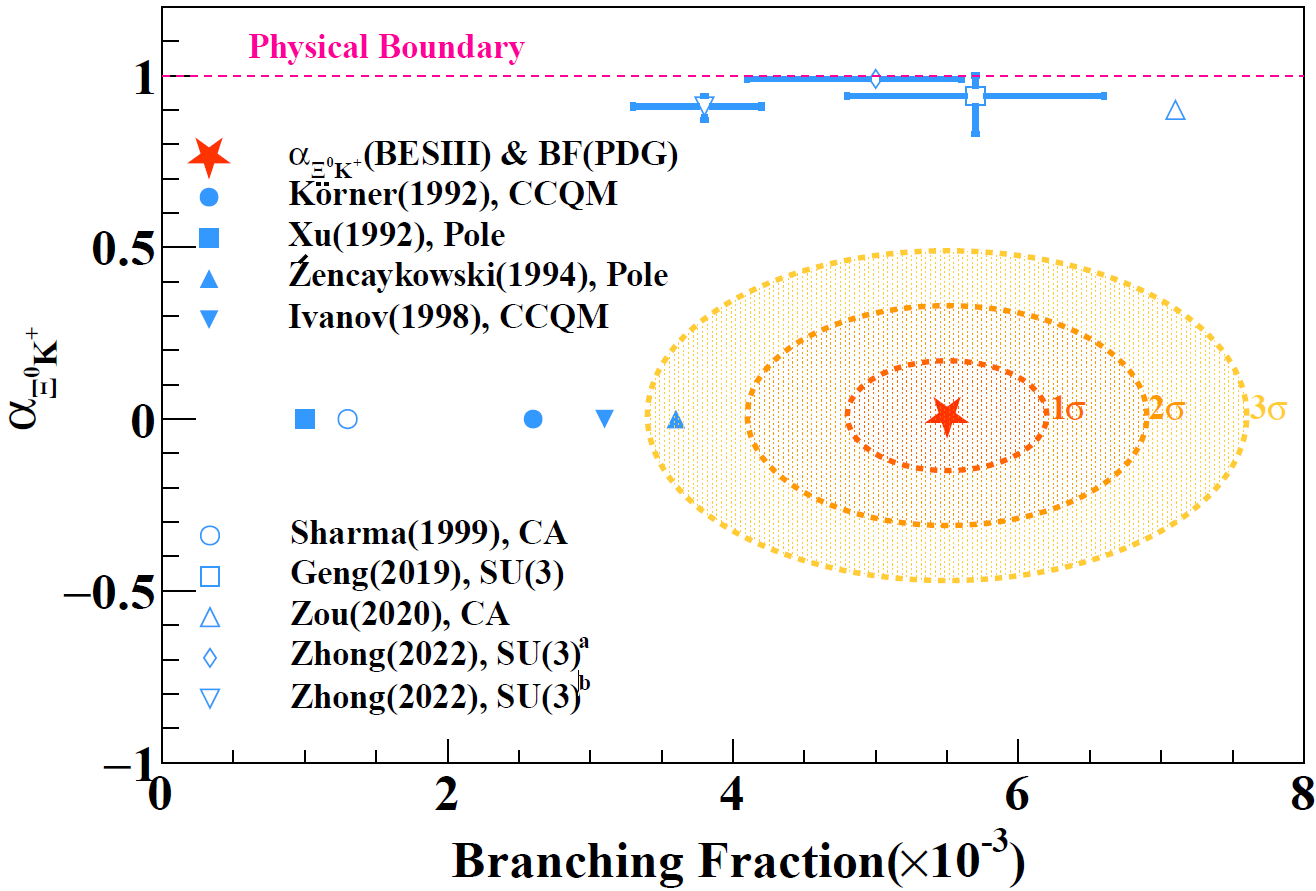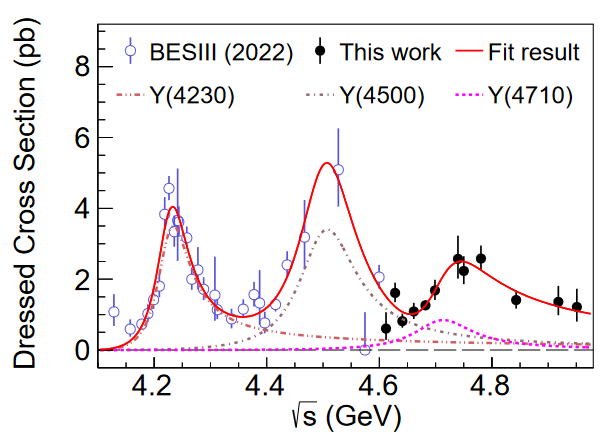First measurement of the decay asymmetry in the pure W-boson-exchange decay Λ_c^+→Ξ^0 K^+
In the January 17, 2024 issue of Physical Review Letters(Phys. Rev. Lett. 132, (2024) 031801), the BESIII Collaboration reported the first measurement of the decay asymmetry in the pure W-boson-exchange decay Λc+→Ξ0 K+. The decay asymmetry parameter, α, is measured to be 0.01±0.16 (stat.)±0.03(syst.), and Δ is measured to be 3.84±0.90 (stat.)±0.17(syst.). Meanwhile, the other two decay asymmetry parameters, β and γ, and also dynamics parameters are also derived in this process.


